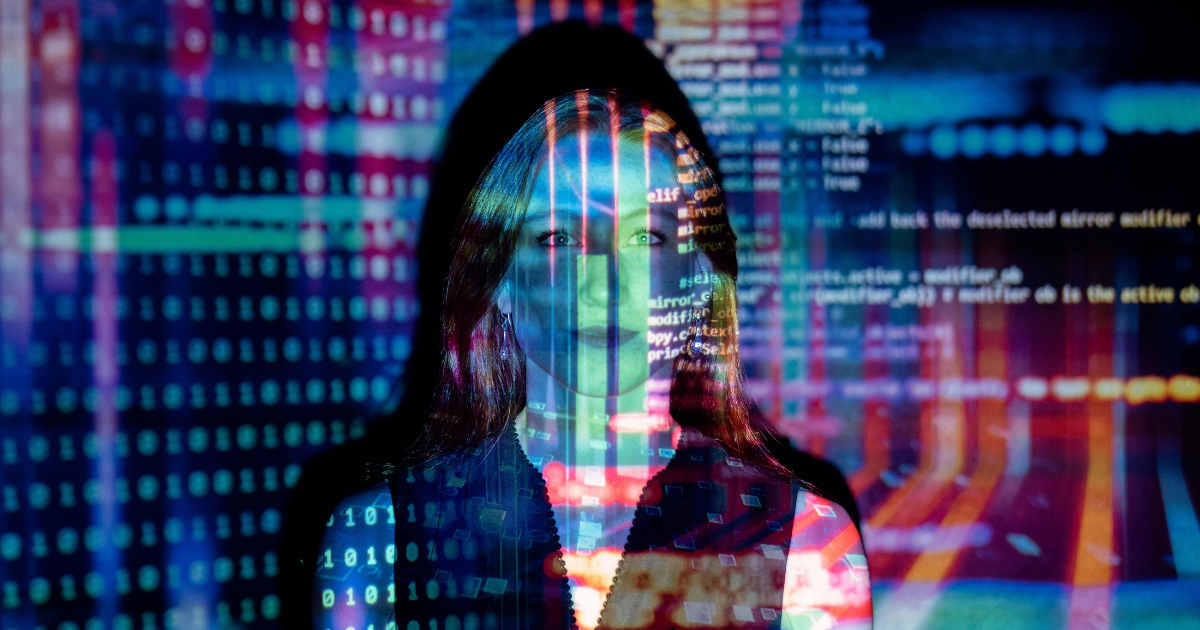AI’s Path to Licensing

By Mark Seavy
As Artificial Intelligence (AI) and brand licensing become intertwined, the speed at which the combination fully merges will vary depending on the tasks, IP, and product category.
Package and product designs will be early AI candidates, as will licensor approvals, but development, drafting of contracts and other agreements may take longer to make the transition. While AI can be used to create content and personalize experiences, it also raises ownership, liability and ethical considerations that will weigh on its use in licensing going forward.
Among the first to make the change to AI appear to be toy companies, the smaller ones of which have already deployed AI for conversations in dolls and plush, industry executives said.
The toy suppliers will first focus on their own brands for AI, given that the addition of the technology (a digital signal processor (DSP), speaker, batteries, and Bluetooth) adds $20-$30 to product costs before royalties and minimum guarantees are factored in, said Nimrod Dweck, Head of Business Development at Israel-based UG Labs, which uses generative AI for conversational and voice-based interactivity designed for children.
In doing so, UG Labs, which raised $7 million in funding last year, has developed automated speech recognition technology that understands what children are saying while adapting for characteristics of speech like interruptions and incomplete thoughts. UG also uses natural language understanding (NLU) that moves beyond recognizing words to determine the meaning and intent of a child’s expression. Thus far, much of the interest in UG’s AI technology has centered on education for preschool and kindergarten children, including working with the Home Interactive Program for Parents and Youngster (HIPPY) home-based early childhood education program that started in Israel.
The adoption of the technology picked up earlier this year after Mattel signed a deal with AI developer OpenAI to design AI-based toys using its ChatGPT technology.
“The first clients in the beginning said the technology was interesting, wanted to explore it and were a bit cautious,” Dweck said. “Now we have what we call a ‘Mattel moment’ and after Mattel signed with OpenAI we received tons of phone calls from toy manufacturers asking to use the technology.”
And that was after Hasbro CEO Chris Cocks said at a Goldman Sachs investor conference last fall that AI could be used in the company’s Dungeons & Dragons games for campaign and character development and story ideas.
“The themes around using AI to enable user-generated content, using AI to streamline new player introduction, using AI for emergent storytelling—I think you’re going to see that not just in our hardcore brands like Dungeons & Dragons but also across multiple of our brands,” Cocks said.
The comments touched off criticism among Dungeons & Dragons fans and Hasbro’s Wizards of the Coast Division, which develops Dungeons & Dragons and Magic: The Gathering, has since softened the tone. It noted that the handbook for both games asks that the artists, writers, and creative staff that develop Magic trading card and Dungeons & Dragons table-top role-playing games (TTRPG) not use AI generative tools to create final products.
“Hasbro has a vast portfolio of more than 1,900 brands of which Magic: The Gathering and Dungeons & Dragons are two,” Wizards of the Coast said in a statement. “Each brand is going to approach its products differently. What is in the best interest of Trivial Pursuit is quite different. We’ve made mistakes while at the same time have also seen artists and their work misidentified as problematic in a variety of ways from that of Magic: The Gathering and Dungeons & Dragons.”
The cautious tone around AI is not without reason.
Mattel, for example, launched a WIFI connected Hello Barbie doll in 2015 and encouraged children to talk with it. The doll, which contained 8,000 lines of dialogue and 20 interactive games, asked personal questions about friends and family and sent that audio to a third-party company that used the content to generate a response. Investigators found that the technology would allow intruders to eavesdrop on the audio. After the non-profit group Fairplay protested the child surveillance, Mattel pulled the product in 2017. More recently, a controversy was touched off last month when anime fans found what appeared to be a direct credit on the Crunchyroll streaming service to ChatGPT AI within German subtitles for the anime series “Neronomico and the Cosmic Horror Show.”
The incident highlighted the potential for streaming services to replace human translators with AI tools.
“The big companies on one side are worried about privacy and safety with AI, but on the other they want in and to step inside,” Dweck said. “There are so many things that could go wrong that we need to make the technology super safe and produce a positive experience for kids.”




